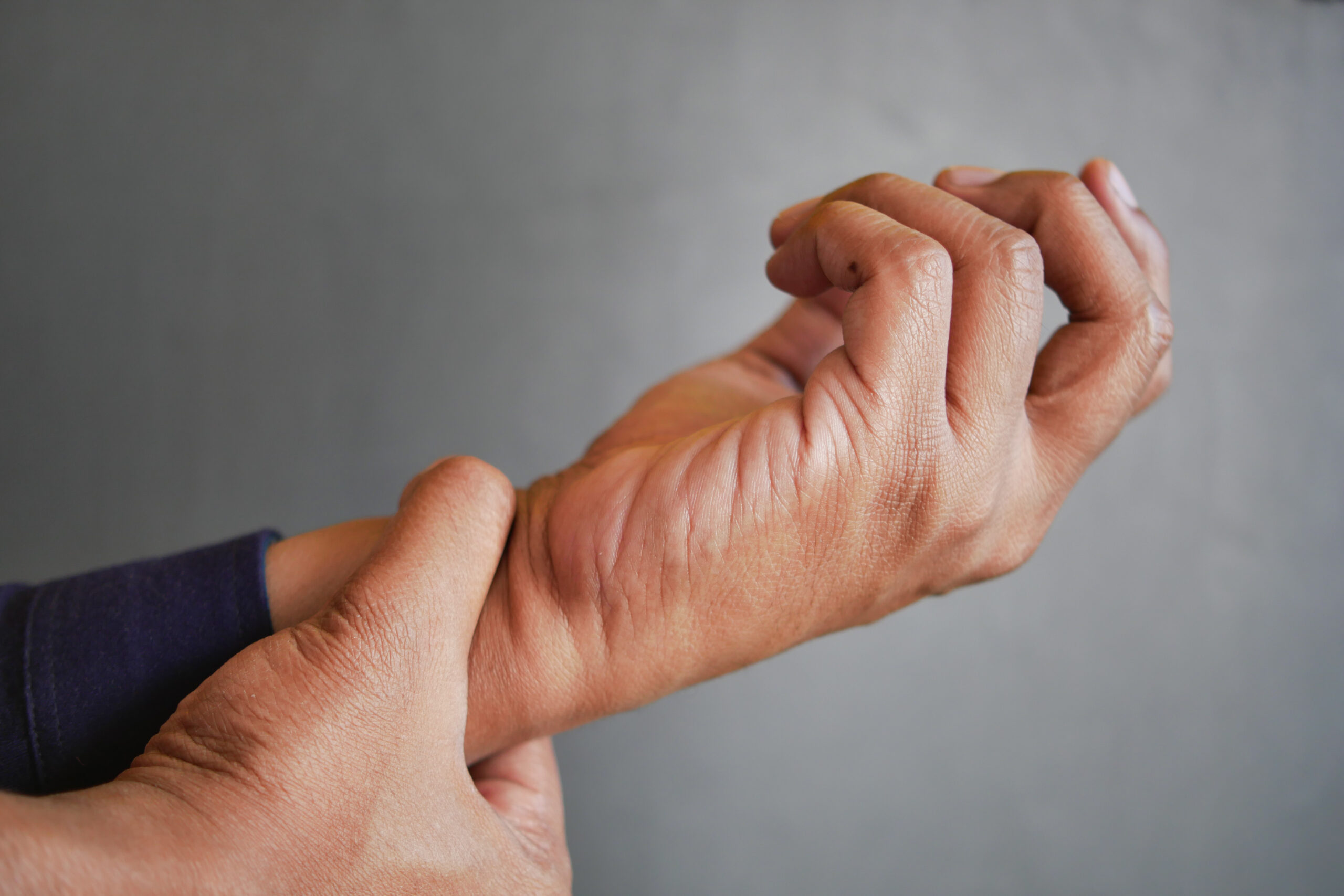Rheumatoid arthritis (RA) is an autoimmune disorder where the immune system attacks healthy joint tissues, including cartilage and bone. It is characterized by warm, swollen, and painful joints. Left untreated, RA can cause permanent joint destruction and disability.
Who Gets RA? RA can start at any age but most often develops in adults in their 40s-50s. It affects nearly 1.3 million Americans and is 2-3 times more common in women. RA also appears to have a genetic component, running in families.
Symptoms
The most common signs are joint swelling, tenderness, stiffness, and loss of range of motion – particularly in the wrists, fingers, elbows, knees, and balls of the feet. Other areas often affected include the neck, shoulders, ankles, and hips. Symptoms usually develop slowly over weeks-months but may be more abrupt in some. Fatigue and firm lumps under the skin (rheumatoid nodules) can also develop.
Disease Progression In early untreated RA, the inflamed synovium (joint lining) thickens and invades cartilage and bone. This progression from joint inflammation to destruction can occur rapidly in the first 2 years. More advanced RA often exhibits visible joint abnormalities – hands may take on claw-like deformities for example.
Treatments Early aggressive treatment is key to preventing irreversible joint damage. This includes medications to reduce inflammation and slow disease activity, paired with appropriate rest, exercise, and sometimes surgery if damage is already disabling. Treatments aim to relieve pain, protect joints, and maintain optimal mobility and function.
Rheumatoid Arthritis Case Studies
Older Woman with Advanced Progression
A woman in her late 70s presented with advanced rheumatoid arthritis (RA) that had badly crippled her joints. She reported that when she was first diagnosed, her doctor said RA has a “clock” implying her joint health would progressively deteriorate over time. As a result, she severely limited using her joints in hopes of preserving the function she still had.
She began using a wheelchair and splinted both arms, keeping them immobilized for months at a time. This led to severe stiffness and loss of mobility to the point she could barely use her hands and arms. She exhibited “crab hands”, needing assistance even with basic tasks like eating, grasping utensils, folding her hands to pray, and scratching an itch.
Her condition had progressed to stage 4 joint degeneration with visible deformities, chronic pain, and inability to move most joints through a normal range. Passive movement made crunching/grinding sounds that could be heard and felt, indicating significant cartilage and bone wear. There was also palpable crepitus, feeling like sand or salt crystals in the joints.
Vibration therapy treatments were initiated, working on all of her affected joints twice weekly. This included areas that could not effectively be palpated like the hips and spine, relying more on the vibration transmission. After several months she regained ability to fold her hands, pick up and use a fork, scratch her back, and stand for short periods – basic mobility long lost. Treatments were spaced further apart as gains accumulated. Though unlikely to fully resolve at this stage, the therapy afforded improved quality of life and function.
Young Girl with Early Onset
An Amish girl around age 8 presented with rheumatoid arthritis initially diagnosed around 5 years old. All of her joints were impacted, causing chronic pain described as “crying when doing anything”. She had already developed some joint misalignments and deformities early on.
Despite the pain, her activities were not as restricted given still being a young child with chores and demands of childhood. Treatments began at twice weekly vibration therapy on all joints. After just the first session, her pain was dramatically reduced and she was able to ride her bike to school. Treatments intervals were slowly spread out as her condition improved.
Within a few months her pain and associated problems had resolved enough that she was regularly attending school again and even taking on additional outdoor chores she had not been able to enjoy prior. She would still need occasional maintenance therapy but restored much of the function and mobility in most joints, halting progression of further damage.
This case demonstrates the importance of maintaining strength and mobility of the joints even while managing severe RA pain in order to achieve the best long-term outcomes. Whereas forced immobilization, though temporarily protective, can actually accelerate degeneration and disability.


